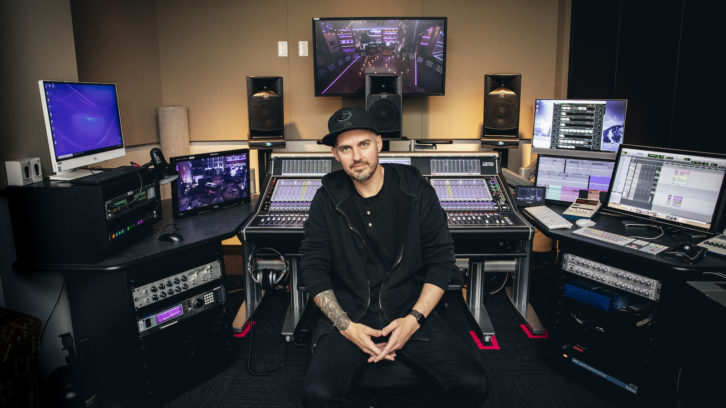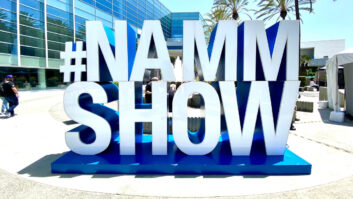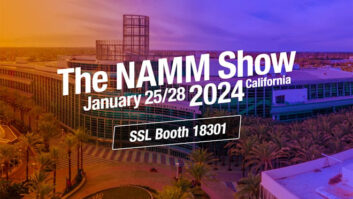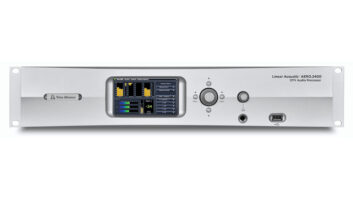
Nashville, TN (August 30, 2022)—Robert Venable knows how to capture the sound he wantst not only in a studio but in a TV studio as well. The Emmy and Dove Award-winning producer, recording engineer, sound mixer and drummer has worked with artists ranging from Megadeth to MuteMath over the years, but these days, he mixes for The Kelly Clarkson Show on NBC—the latest in a string of sound for picture clients that include Sony, Saturday Night Live and Pixar.
Clarkson’s show has been a high-profile production ever since it went on the air, and Venable ensures that the band’s mixes meet the daily challenge of sounding as best as possible. “The Kelly stage is one of the biggest on the lot for shooting a TV show, but there can be a lot of open mics in small areas, such as for the audience and the huddles and so forth,” Venable explains.
Reto Peter Talks Miking with Audix
“Her drummer, Lester Estelle, and I have always paid a lot of attention to our drum sounds because we’ve owned studios together for the past 10 years,” he adds. “Kelly is a pop singer and she can sing loud, so we want the instruments to stand up to that and not sound muted. At the same time, we don’t want them to bleed into those other mics I mentioned and make them sound boxy or phase-y. The big thing we learned was to use Audix D6 mics on all the toms, from the 10-inchers all the way to 22-inch gong drums.”
Venable places Audix mics on other sources as well. “I love the SCX25A in this application,” he notes. “For a more focused, in-your-face sound, I’ll reach for a small-diaphragm condenser such as the SCX1. I’ve found both these mics more than capable of giving me a full acoustic guitar sound, without the need for a second mic. I’ve been defaulting to the i5 on electric guitar cabs to begin the foundation for a wall of sound. On a bass cabinet, the D6 naturally pulls some of the mud out of the sound and opens up the top end to capture that funky slap when the bassist throws it at you.”







